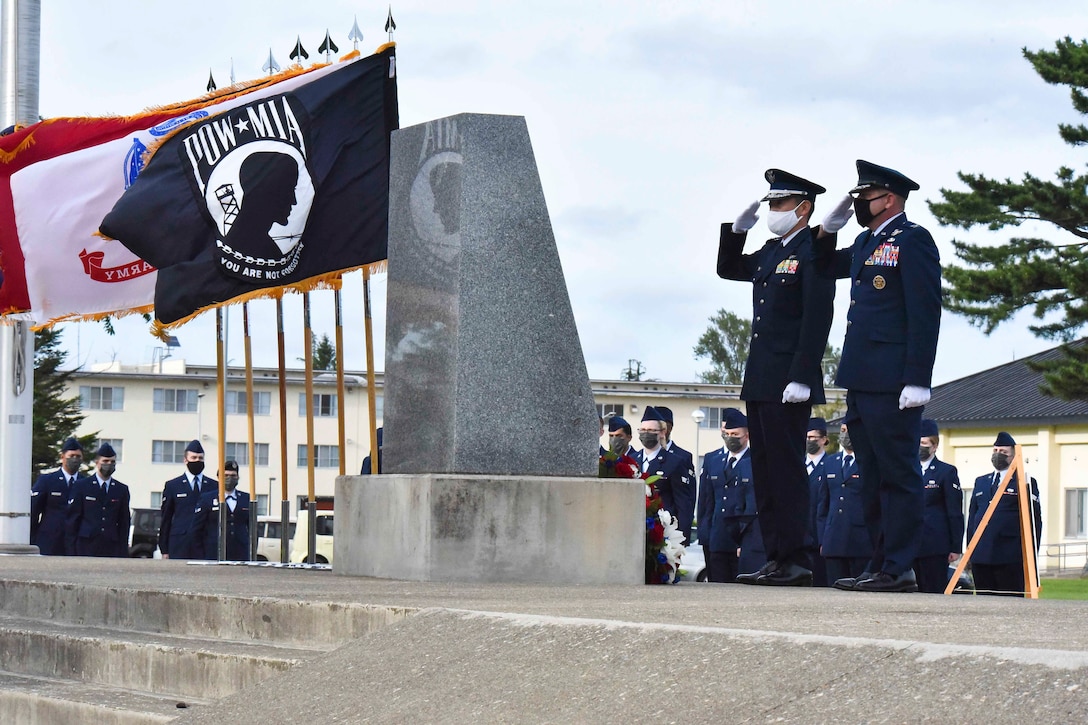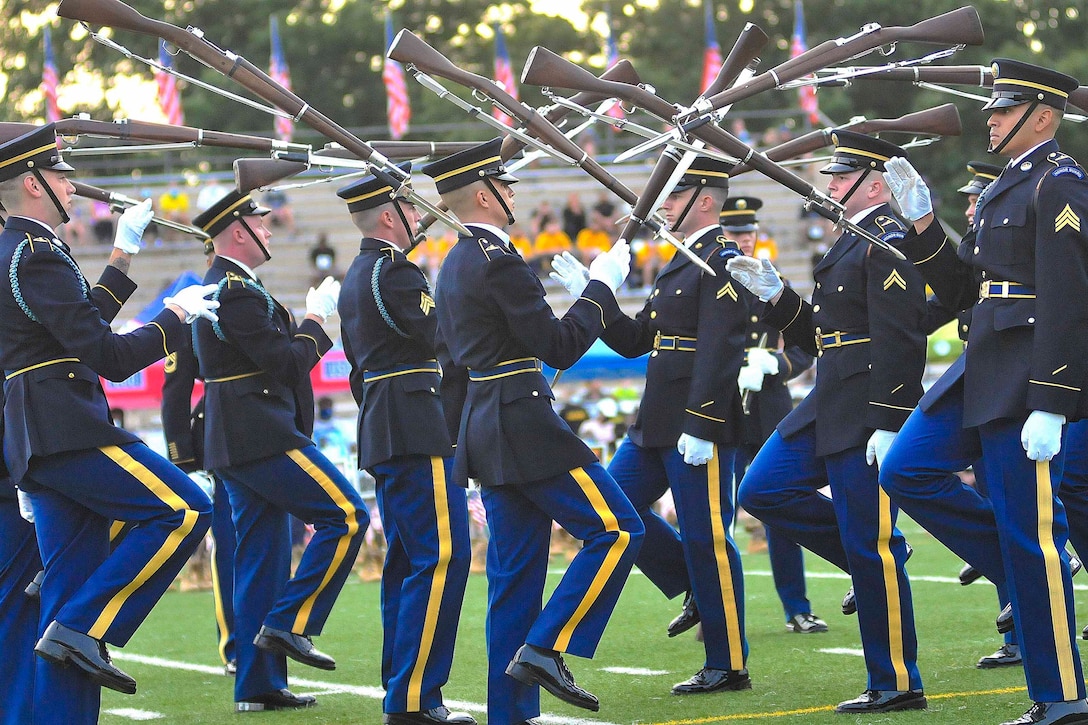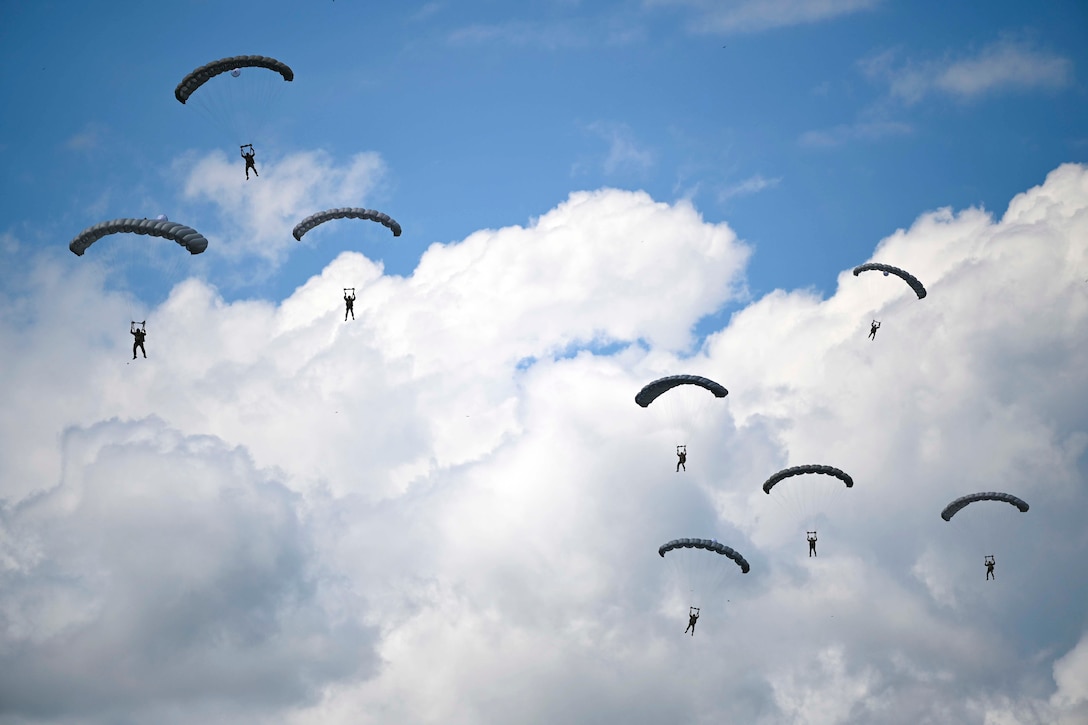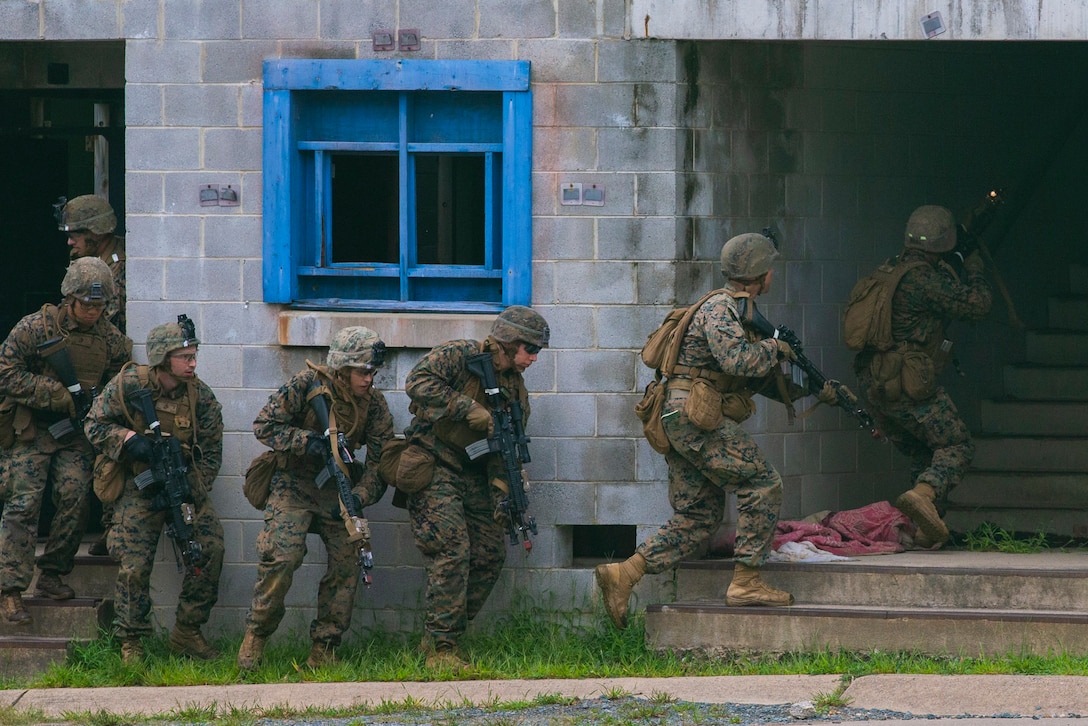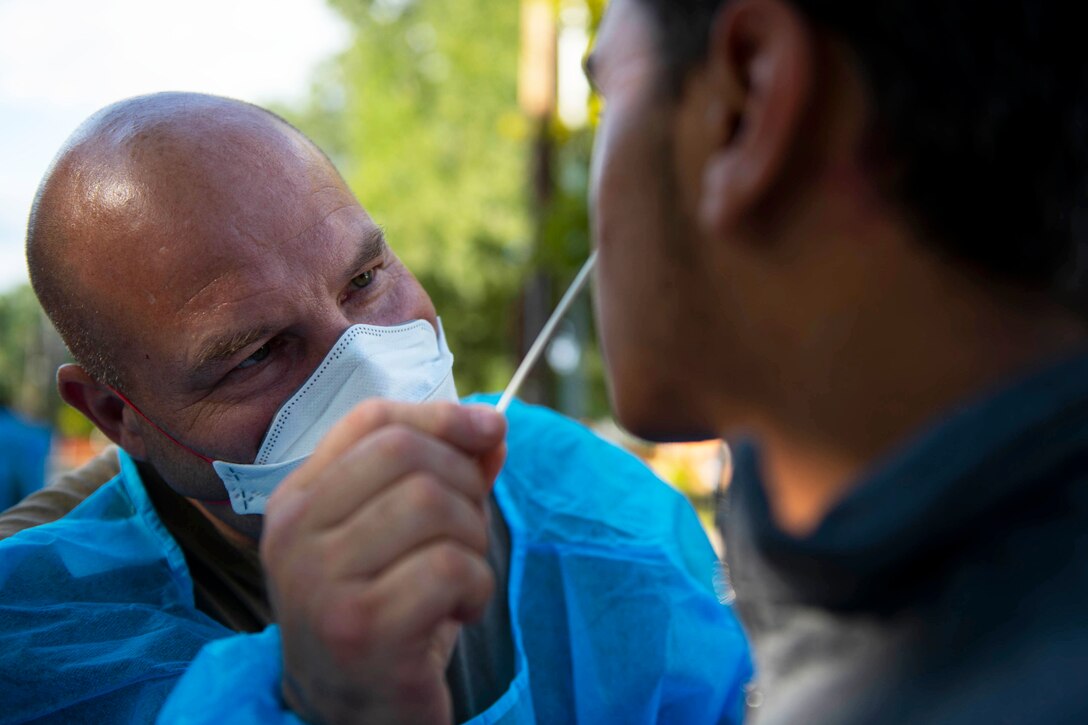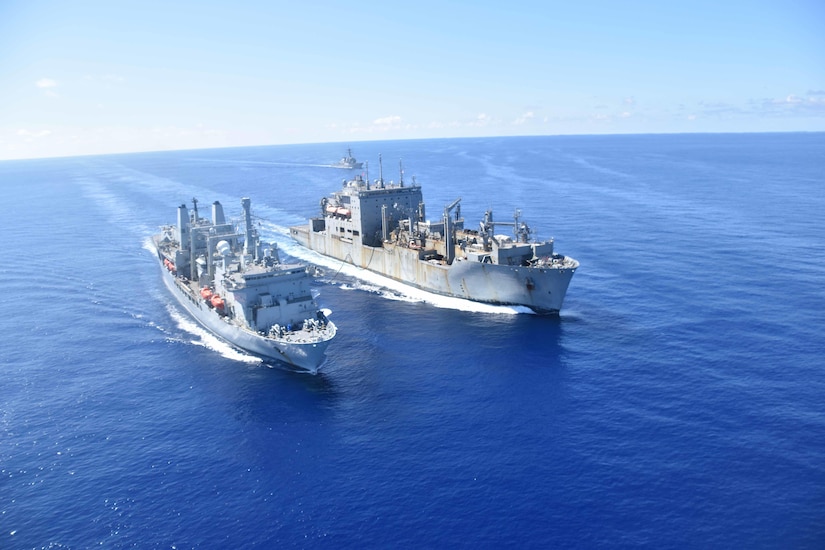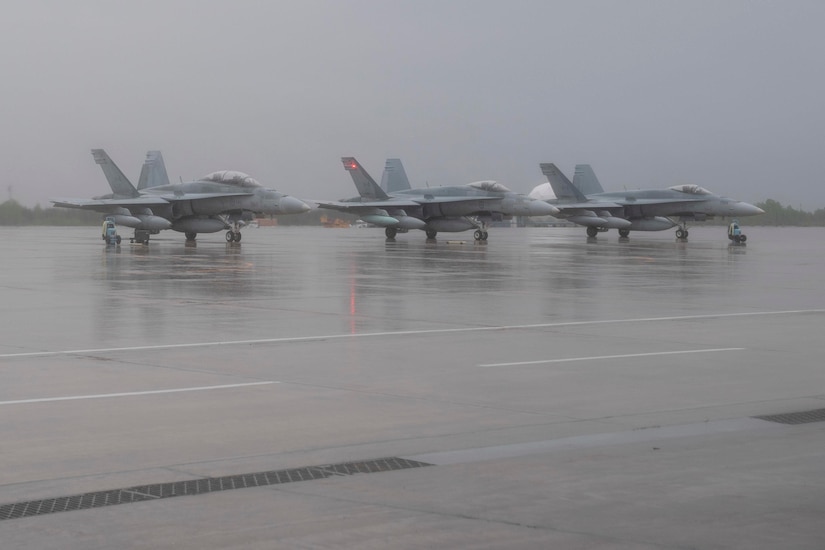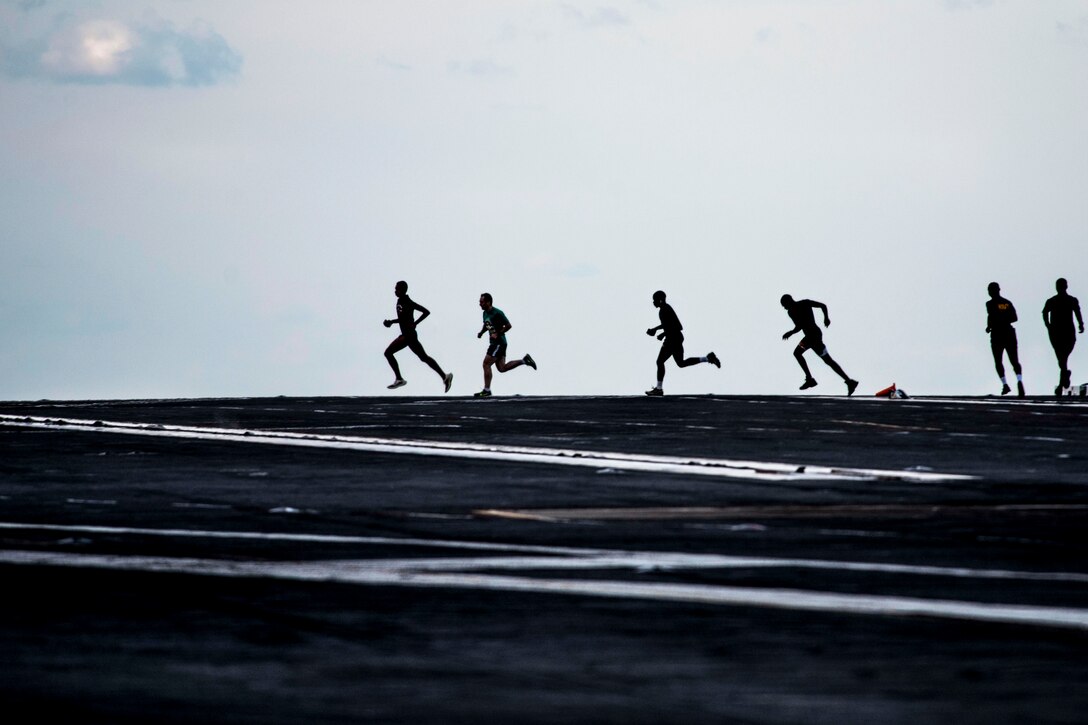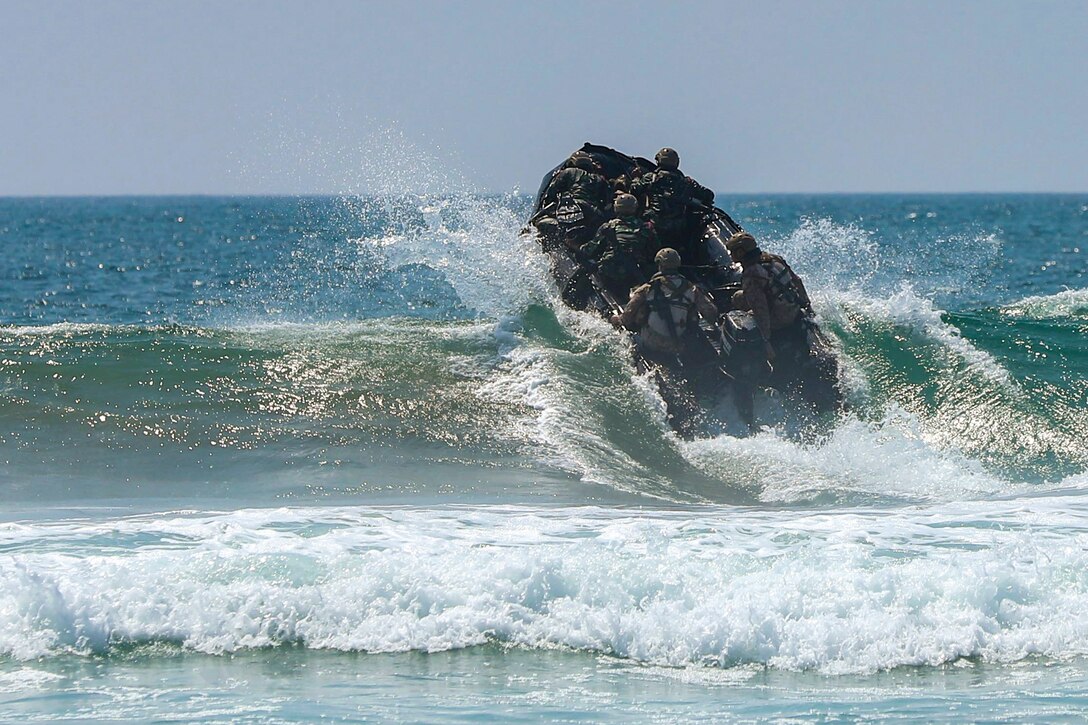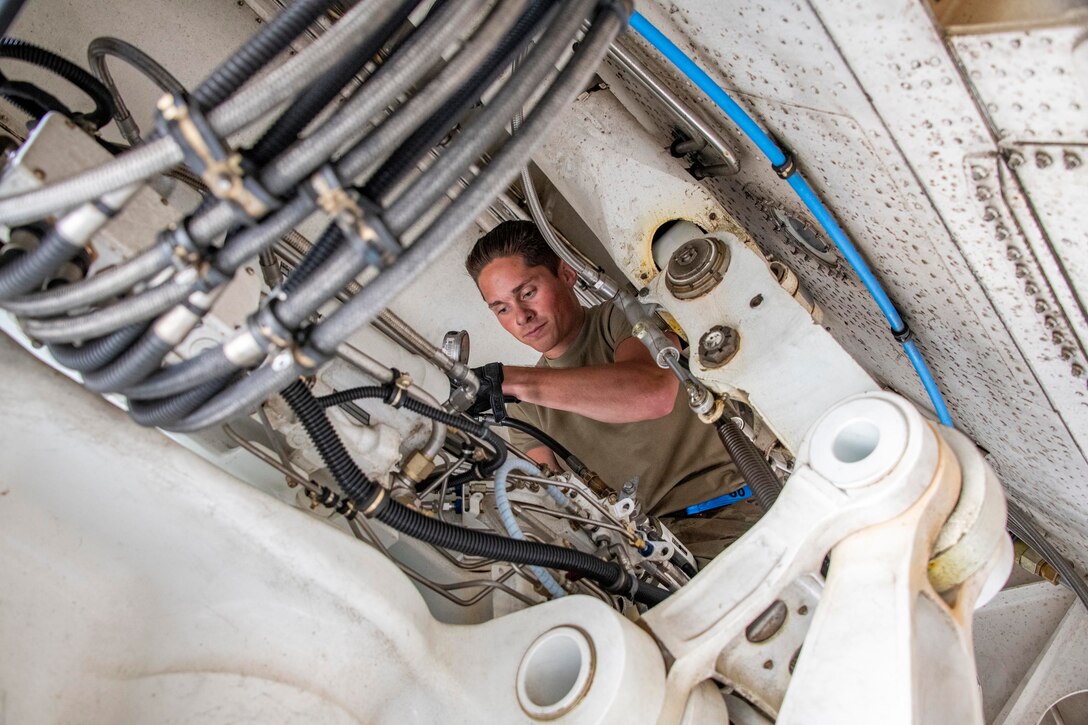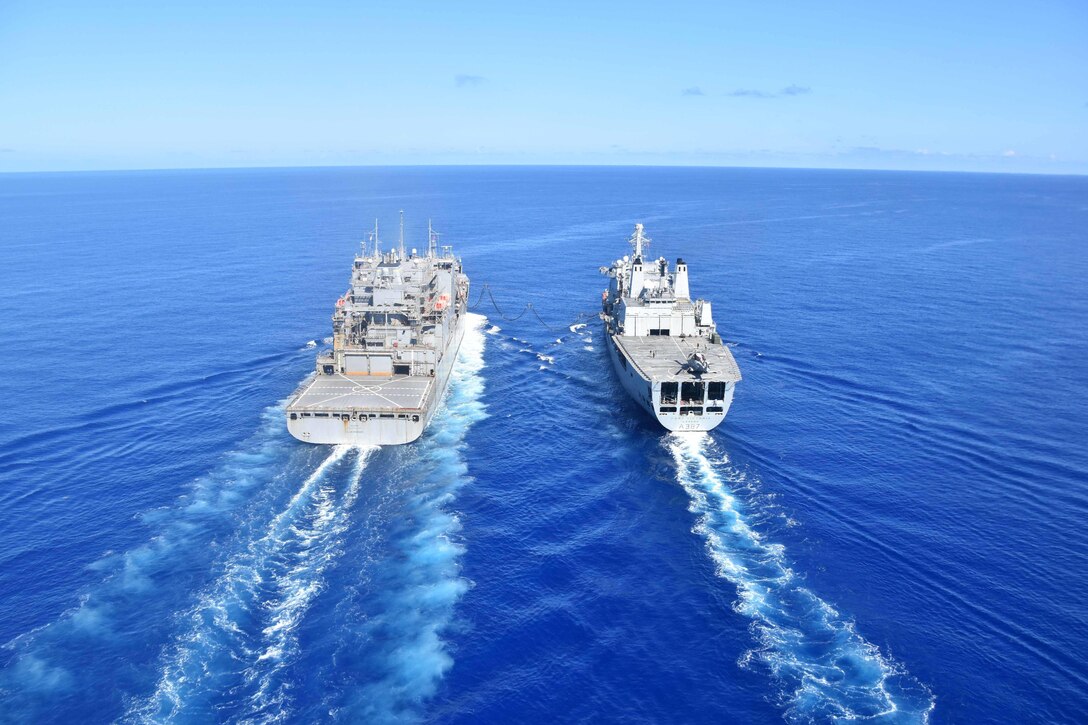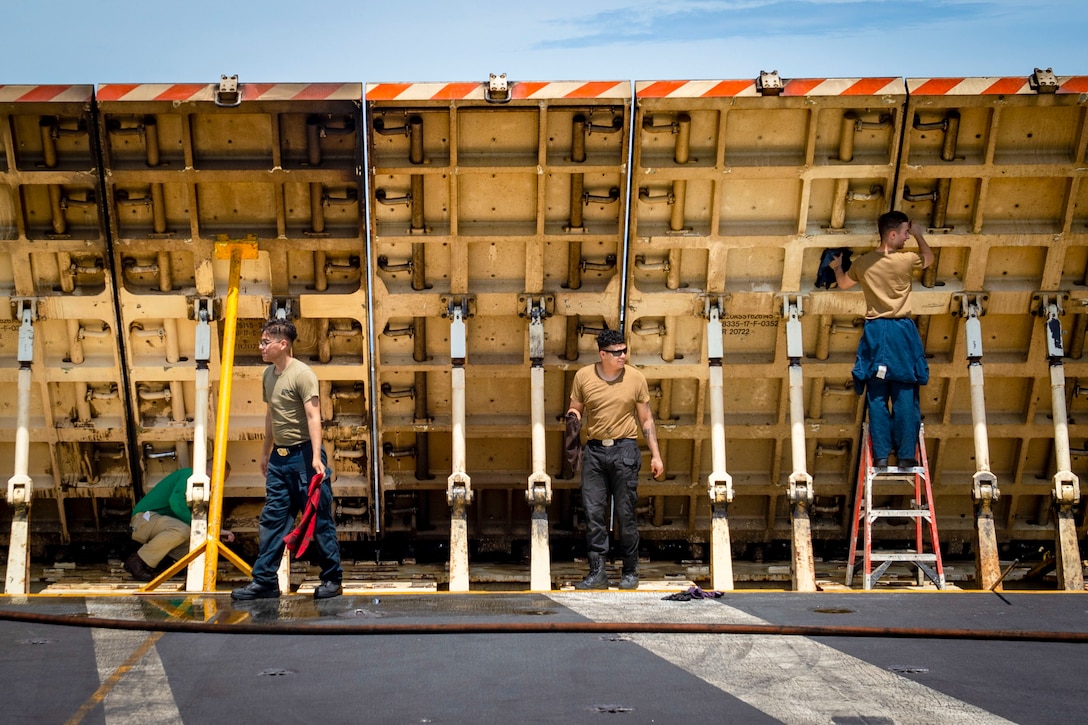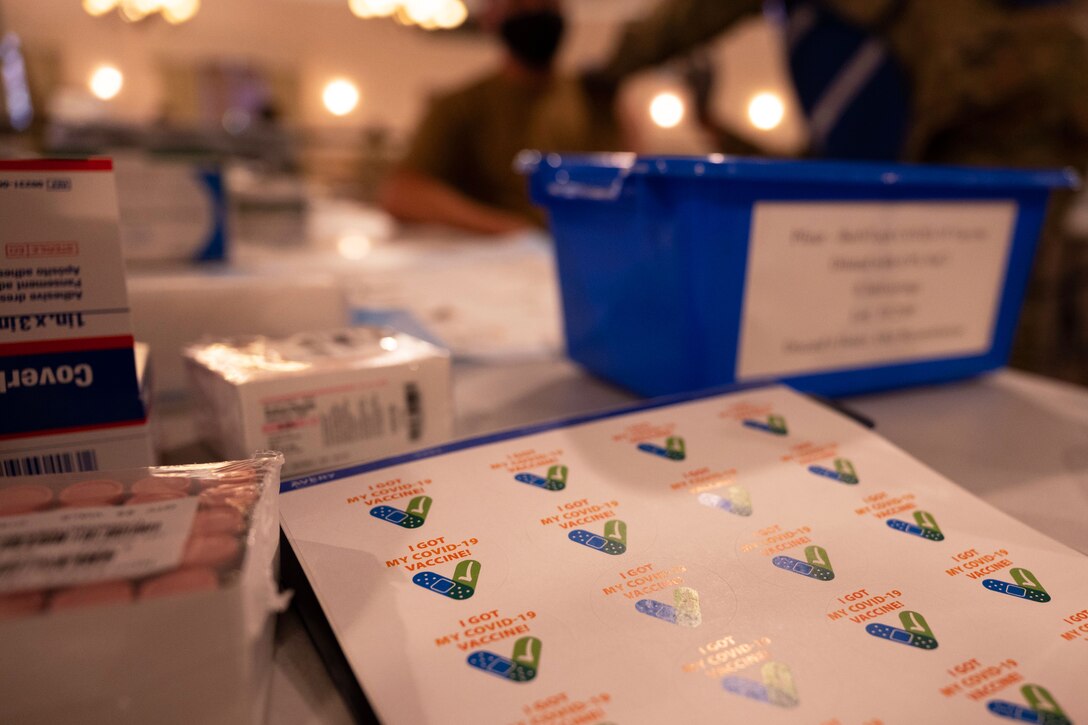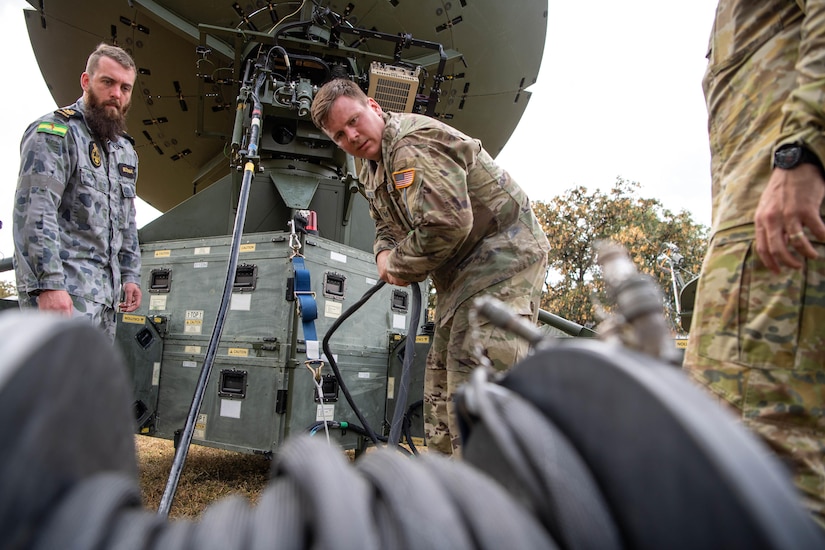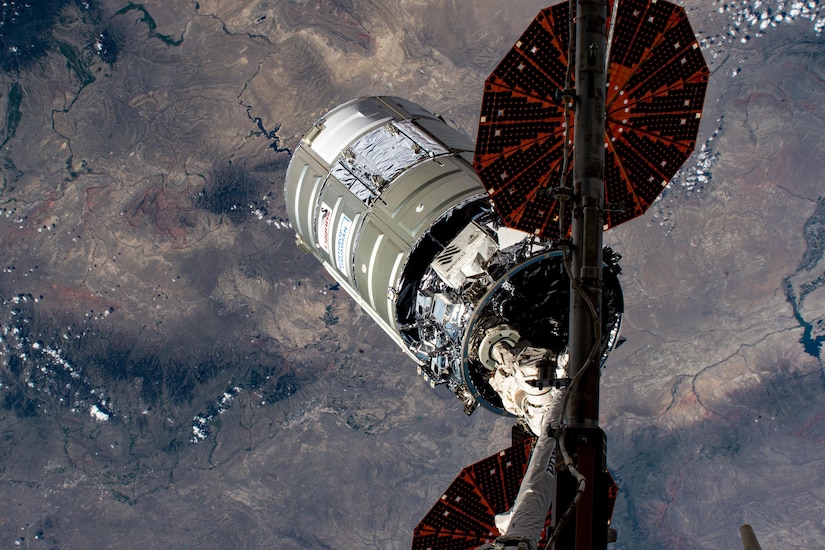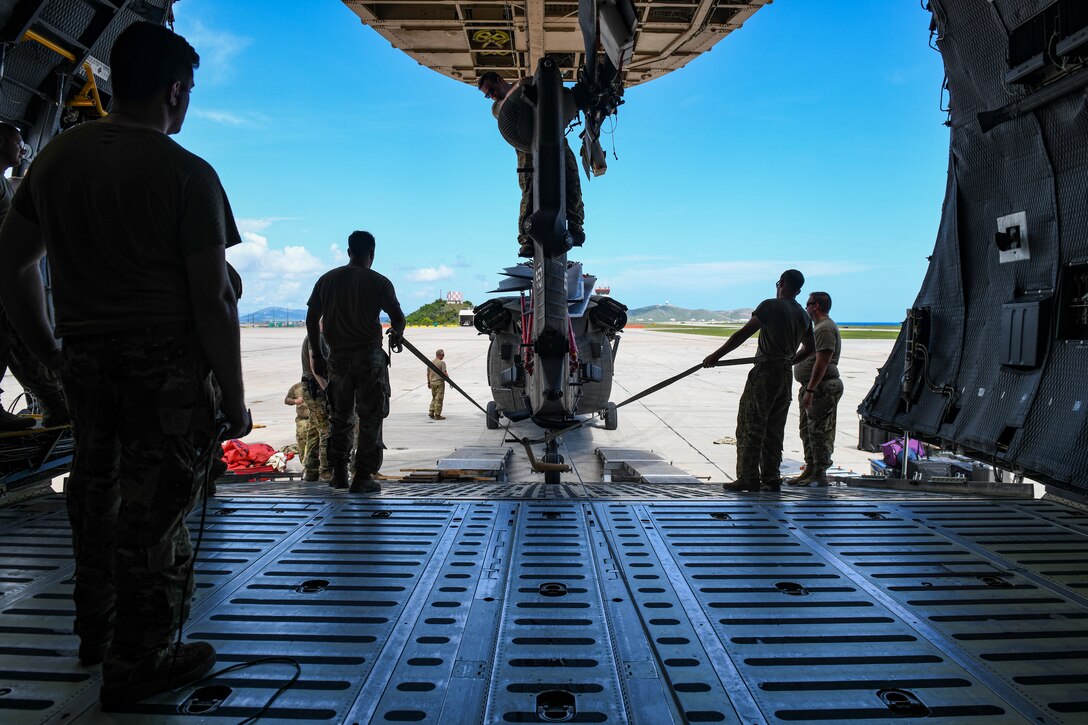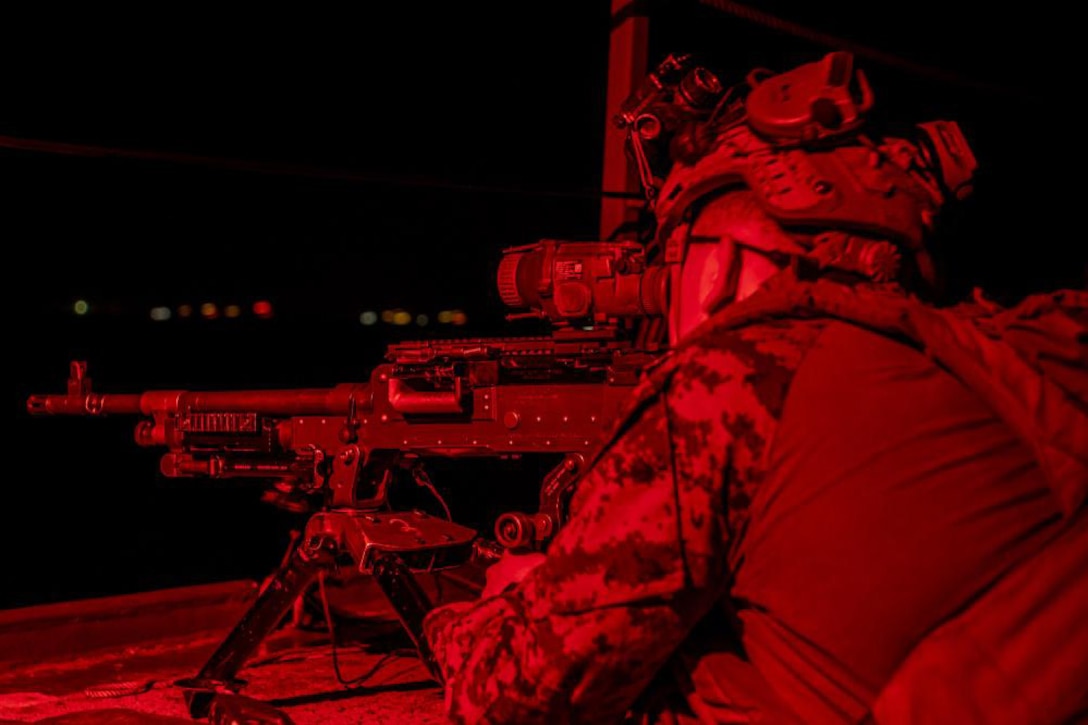Sept. 15, 2021
SECRETARY OF DEFENSE LLOYD J. AUSTIN III: Well, good
morning, everyone, and Minister Dutton, it's an honor to welcome you to
the Pentagon. Thanks for making a long trip, and you've been on the
road quite a -- quite a while now, so we really, really appreciate
having you here. I look forward to our discussions today and to our
participation in the 31st Australia-United States ministerial
consultations tomorrow.
As you know, this past weekend, we commemorated the 20th anniversary
of the 9/11 terrorist attacks, and that cast a special light on the 70th
anniversary of ANZUS. Australia, one of our oldest allies, invoked the
ANZUS Treaty for the first time and the only time after 9/11, sending
your forces to -- for two decades -- ago to fight shoulder-to-shoulder
alongside the United States. And so Minister Dutton, the American
people will forever be grateful, and we will always remember Australia's
steadfast support.
And I also want to personally thank you for your letter -- letter of
condolence after the ISIS-K terrorist attack in Kabul that killed 13 of
our heroic service members and so many Afghan civilians. We're also
grateful to Australia for standing alongside us for the very end of our
military mission in Afghanistan, and we're looking forward to continuing
our close cooperation.
I'm hoping that our discussions today will further strengthen our
alliance in new and unique ways. The alignment between our countries
has never been greater than it is today. We see the same challenges.
We share the same sense of urgency. And we're cooperating closely on
force posture, strategic capabilities, regional engagement and military
operations, and all of that strengthens our ability to deter threats to a
free and open Indo-Pacific.
So Mr. Minister, thanks again for being here, and I look forward to a productive discussion today.
MINISTER FOR DEFENCE PETER DUTTON: Well, Mr. Secretary, thank you
very much for those very warm remarks. Thank you to you and to your
colleagues for the preparation ahead of today's meeting, and we do have a
very significant point in history that is before us, and the
opportunity for our two nations to continue the work that we've done
over generations.
I was in New York in the January following the 9/11 attacks, and felt
the raw emotion there, the smell still from the smoldering wreck and
the raw emotion that was evident on the streets, and as you went across
the United States. They were flying flags, and the patriotism was on
display. But America rose to deal with that issue, and the 20-year
anniversary, whilst some of those stories will never fade, and the pain
will never go away for many of those families and their descendents now
of those killed there. It is a reminder of the need for us to continue
our relationship to stare down that evil and to deal with whatever the
next century might hold.
And for us, this celebration of the seven -- 70th anniversary is a
significant one because as we know, the position in the Indo-Pacific is
deteriorating. And as we know, only together with the United States,
with the United Kingdom, with their Five Eyes partners otherwise can we
provide the true effect to protecting our nations and our people.
So it's a great honor to be with you at the Pentagon, steeped in
history, and that collaboration, as you say, over a long period of time.
I'll finish on this note in relation to Afghanistan. We were
shoulder-to-shoulder, and as you know, Prime Minister Howard was in
Washington at the time of the strike on the United States 20 years ago.
And we have been able to take 4,100 people out of Kabul, which for a
population of 25 million in our case is a significant effort. It would
not have been possible to remove one of those individuals, one of those
little girls or boys or young women without the support of your 4,000
troops and the thousand British troops there, as well. There's no other
country in the world that had the capacity to hold that airport. And
despite the criticism and despite those with 20/20 hindsight, we
achieved success in withdrawing those people and starting a new life for
them only because of the efforts of the United States, and I'm very
grateful for that.
And our task now is to make sure that we strengthen this relationship
even further, and there are many opportunities for us to do that today.
So thank you so much. It is a great honor to be here with you and --
and your staff.
SEC. AUSTIN: Thank you, sir.

